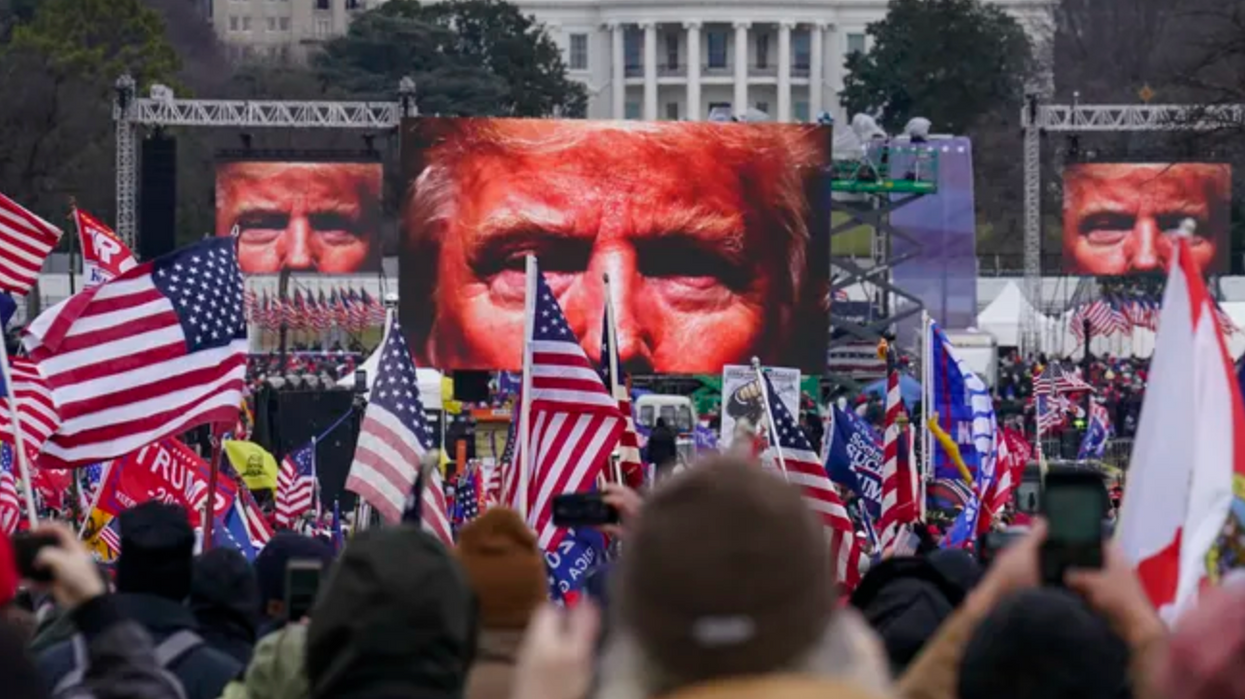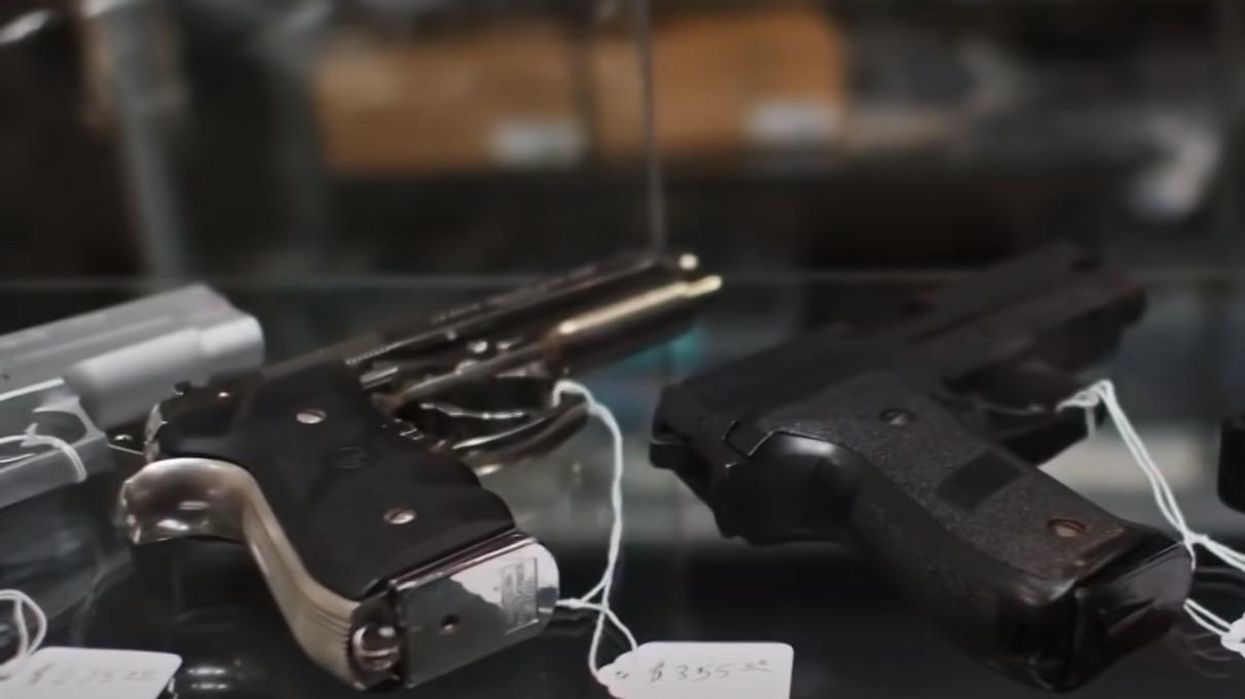Where Political Violence Begins: Crazy Talk, Crazy People And Guns
One evening, just over a week ago, I was walking in Midtown Manhattan when dozens of police cars, sirens blasting, lights flashing, descended on the area. Cops cut off entire avenues to traffic. Soon a phalanx of police vehicles, followed by a column of identical black SUVs, whooshed past red lights.
They were taking former president Donald Trump to his home at Trump Tower. The New York Police Department was clearly determined not to let anything happen to him on their watch, certainly not after a young man of no obvious political persuasion nearly killed him in Butler, Pennsylvania.
But on Sunday, someone else evidently wanted to take a shot at Trump through an unguarded chain fence surrounding his golf course in West Palm Beach. The suspect is a former construction worker with grandiose notions, a sizable rap sheet and more than a few screws loose.
Here's the bigger picture: Crazy political talk may be activating crazy people bent on violence. And about 99 percent of the blather is coming from the Trump side. Am I blaming the victim? This in no way justifies physical threats against him, but the answer, to a large part, is yes.
Trump has called for killing the chairman of the Joint Chiefs of Staff. He's argued that as president, he could assassinate his political rivals using SEAL Team Six and get away with it. He mocked the savage attack against Nancy Pelosi's husband, Paul. He unleashed the January 6 riot on the Capitol, calling the thugs who attacked police "hostages."
Violent talk does percolate in the fringe left, but now we have off-the-wall intimidation by the official Republican candidate for president. I defy defenders of Trump's behavior to cite similar rhetoric from anyone who matters on the Democratic side.
These disturbing head games also hurt ordinary Americans, for whom MAGA evinces minimal concern. After a 14-year-old murdered two students and two teachers at a Georgia high school, Trump's running mate JD Vance dismissed such shootings as "a fact of life." When a school shooting took the life of a sixth grader in Perry, Iowa, Trump opined that we "have to get over it."
MAGA likes to say that Trump is being endangered by the mean things Democrats say about him. Does the movement have anything to match Trump's ludicrous lies about Haitian migrants stealing and eating pet dogs and cats in Springfield, Ohio? Bomb threats ensued, forcing the city to close schools and cancel town hall meetings.
Asked whether he would denounce the bomb threats, Trump refused to take even that baby step toward decency.
Vance, meanwhile, admitted on Sunday that he knew the story about the dogs and cats was phony, but it was a useful way to rile up the locals over a large influx of Haitian migrants into their community. Has the bar fallen so low that Vance expects praise for admitting he lied?
"If I have to create stories so that the American media actually pays attention to the suffering of the American people, then that's what I'm going to do," he said. Few question that a sudden large influx of immigrants can create strains on local services. But the city and state are dealing with it while balancing the advantages of a needed new work force.
Ohio's governor, the city manager and religious leaders were asking Trump to stop. These migrants are there legally, Republican Gov. Mike DeWine noted. "What the companies tell us is that they are very good workers ... and frankly, that's helped the economy."
Springfield has a revitalized downtown and diversifying economy. Give the place a break.
Crazy talk, crazy people and guns everywhere. It doesn't have to be this way.
Reprinted with permission from Creators.












